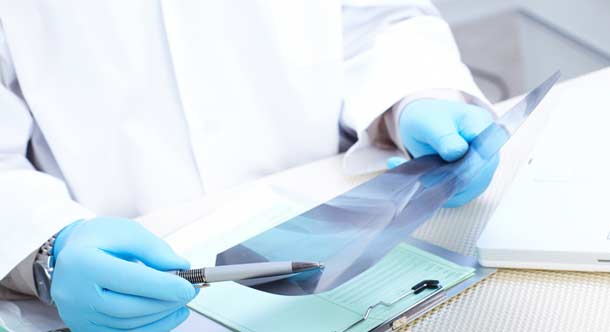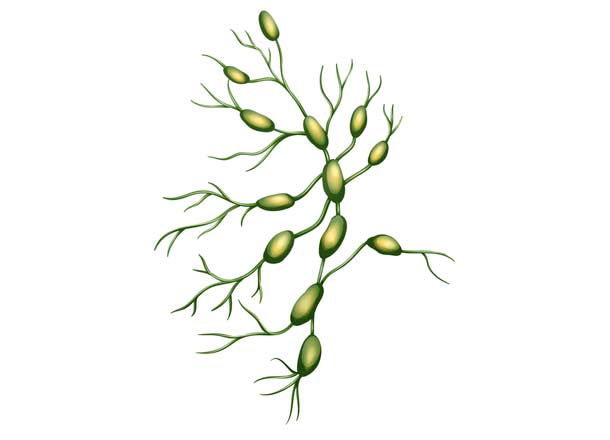
Lymph nodes play a role in important functions throughout the body, including ones involving the urinary and reproductive system.
When cancer affects any of the organs or tissues in this area, it sometimes travels from its point of origin to oval-shaped nodules of tissues called lymph nodes. Specifically, it’s lymph nodes in the groin and behind the kidneys that are often affected.
If these tissues are cancerous, a urologist may perform a lymph node dissection, meaning that the tissues are surgically removed.
Inguinal Lymph Node Dissection (ILND)
Located in the groin below the inguinal ligament by the largest of the pelvic bones, inguinal lymph nodes form two layers. One is a superficial layer being closer to the skin, and the other is a deeper layer located below it. Fluid from these lymph nodes flows to the pelvic lymph nodes and the paraaortic lymph nodes. ILND is increasingly being done with less-invasive surgical techniques through small incisions in the groin. The superficial and deeper nodes are removed during the procedure. A temporary drainage bag is used to prevent fluid build-up. If ILND is being done because of testicular cancer, what’s termed a radical inguinal orchiectomy may be done through the spermatic cord to tie off blood vessels and lymph vessels.


Retroperitoneal Lymph Node Dissection (RPLND)
Located behind the abdominal organs, retroperitoneal lymph nodes are lined up along part of the vena cava and aorta. During surgery to remove the retroperitoneal lymph nodes, a single incision is made around the bottom of the ribcage in the mid-abdominal area. If less-invasive techniques are used, smaller incisions are made and the glands are removed with special surgical instruments and a lighted scope attached to a monitor. RPLND performed on men may cause semen to go into the bladder instead of the penis, a condition known as retrograde ejaculation. For men wishing to be able to produce children post-surgery, a urologist may suggest sperm banking to collect and preserve a sample.
Reasons for Lymph Node Dissection
Both inguinal and retroperitoneal lymph node dissections are primarily done for three purposes: to diagnose cancer, to treat it, or to prevent it from spreading. Retroperitoneal lymph node dissection is usually recommended for patients with testicular cancer since this is the first place where this type of cancer usually spreads to if it goes beyond the testicles. Inguinal lymph node dissection and/or RPLND may also be done as part of treatment efforts for cancers originating in the vulva, anus, trunk of the body, and skin.
After Lymph Node Removal
If ILND or RPLND is being done for diagnostic purposes, a urologic surgeon may remove the first lymph node in a particular chain that may be cancerous. This is referred to as a sentinel lymph node biopsy (SLNB). If tests show that tissues are cancerous, a treatment plan that may include removal of additional lymph nodes is recommended.
Surgical removal of urinary system lymph nodes is often combined with other treatments to ensure that all affected tissues have been removed. This typically includes chemotherapy and radiation therapy, or a combination of the two treatments. Since having had one type of cancer sometimes increases the risk of developing other forms of the disease, urologists normally recommend periodic exams and tests after treatment and post-surgery care is completed.



